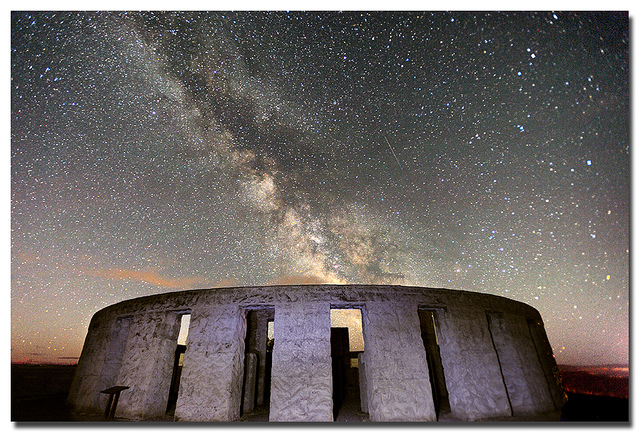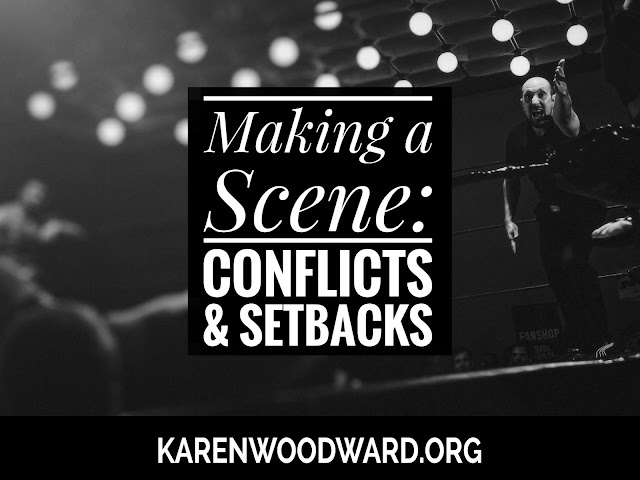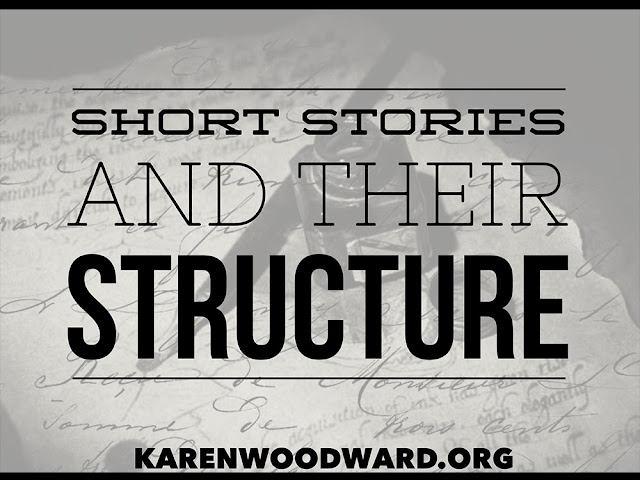I know I’ve touched on this in a couple of previous posts. To be honest, there’s an old story I’ve written, one I love, but I know the structure is wrong. While I’ve become much better at spotting structural defects in the works of others, when it comes to my own work it’s devilishly hard because I’m so close to it.
I think that this is, at least in part, because I don’t need to read the words to grasp my story, it’s already in my head.
What I want to think about today is how to take an idea and treat it a bit like a piece of knitting or crochet that needs to be blocked. By this I mean, just as I would stretch a crocheted snowflake over a mould so that it would take on the appropriate shape, so a story idea can be positioned within a structure to see how well it fits, where it’s thin as well as where it bunches.
True, I wrote about this last time, but today I want to approach it from a different angle. Last time I talked about a writer’s audience and how this can influence the content of the work. Today I want to focus on shaping the story idea itself.
As always, I would love to know what you think! Are you getting a bit worn out by NaNoWriMo? What kind of articles would you like to read? If you feel that you haven’t achieved your writing goals, what would you say was the single biggest thing holding you back?
The Beginning of a Story Hypothesis
“(1) A state of affairs, present or projected, that symbolizes happiness to your hero.
“(2) A danger that threatens his chances of achieving or maintaining that state of affairs.”[1]
What I try to do is imagine each of these states of affairs as vividly and concretely as I can. Then I write them down. This serves as a foundation for my story.
Example: Silence of the Lambs by Thomas Harris.
What state of affairs symbolized happiness to Clarice Starling?
As the title of the movie suggests, the lambs being silent.
Let me unpack that. Clarice was abandoned by her mother after the death of her father. She was angry. How could her mother abandon her own child? But then Clarice abandoned the lambs because it was out of her control. Like her mother, she couldn’t do anything to help. By the time we meet FBI trainee Starling, though she is still angry with her mother on some level, she’s more angry with herself.
What danger threatens Clarice’s chances of achieving or maintaining the said silence? Two threats: the serial killer Jame Gumb and the FBI. The serial killer because he’s the one killing the girls, Clarice’s lambs. The FBI because they care more about politics and advancement than about saving a life.
Example: Raiders of the Lost Ark
The state of affairs that symbolizes happiness to Indiana Jones is taking the Ark back to the university’s museum.
The danger that threatens Indy’s chances of achieving this state of affairs is, primarily, Belloq, his nemesis. Belloq is also an archeologist, one who keeps stealing the relics Indy recovers.
Now it’s your turn. I’d like you to think of two things and creative a vivid mental picture of each of these situations:
1. What state of affairs, present or projected, symbolizes happiness to your hero?
2. What danger threatens your hero’s chance of achieving or maintaining this state of affairs.
Five Elements In Every Story
Swain writes that the following five elements are in every story (see below). In what follows I use Raiders of the Lost Ark as an example.
1. A Protagonist
A protagonist is the person who the world pushes on, the one who is threatened by a specific danger. He is also the person who, eventually, pushes back.
Example: Indiana Jones, relic hunter.
2. A Situation/The Inciting Incident
This is the “backdrop of trouble that forces him [the protagonist] to act.”[1]
Example: Two men from army intelligence visit Indiana Jones and tell him that the Nazi’s have discovered Tanis, the resting place of the Ark.
3. The Objective/Protagonist’s Goal
The concrete thing or state of affairs the protagonist desires.
Example: The Ark ensconced in the university’s museum back in the USA.
4. An Antagonist
The antagonist not only resists the protagonist, he fights against him.
Example: Whenever Indiana Jones finds a significant relic, Dr. René Belloq is there to snatch it away from him. Now, Belloq is working for the Nazi’s and he uses his knowledge of Indiana Jones’ character against him.
5. The Disaster
If there is nothing at stake the story isn’t as exciting. Further, the stakes must be personal, they must endanger the people and things the protagonist cares about most. Also, the stakes must increase until, at the climax, the protagonist is faced with a disaster that is “Something Unutterably Awful.”[1]
Example: The Nazi’s have not only found the Ark, they open it releasing the raw power of God.
The Story Question
The story question is formed by fitting two sentences together.
Sentence 1: This is a statement and it should establish the PROTAGONIST, SITUATION and OBJECTIVE.[1]
Sentence 2: This is a question and it should establish the ANTAGONIST and the DISASTER.[1]
Here are a few different forms a Story Question could take:
Dwight V. Swain:
First form: “Will this focal character defeat his opponent, overcome his private danger, and win happiness?”[1]
Will Indiana Jones defeat Dr. René Belloq, overcome the Nazi war machine and avert global disaster?
Second form: When [Situation/Inciting Incident] [Protagonist] wants [Protagonist’s Goal/Thing That Makes Her Happy]. Will she lose her chance for happiness because [Antagonist] [Disaster]?
Example: When Indiana Jones learns that Nazi archaeologists are close to recovering the Ark of the Covenant, he sets out to claim the ark for the United States and her allies. Will he lose his chance to avert global disaster because Dr. Rene Belloq once again snatches Indy’s prize away from him?
Jim Butcher:
*WHEN SOMETHING HAPPENS*, *YOUR PROTAGONIST* *PURSUES A GOAL*. But will he succeed when *ANTAGONIST PROVIDES OPPOSITION*? [3]
Or: When [Inciting Incident occurs] [Protagonist] [Protagonist’s Goal]. But will he succeed when [Antagonist Opposes Protagonist]
Example: When Indiana Jones learns that Nazi archaeologists are going after the Ark of the Covenant he sets out to claim the Ark first. But will he succeed when Dr. Rene Belloq discovers Indiana’s plans?
Whatever form your story question takes it should be answerable with a “yes” or “no.”
Other Ways of Structuring a Story
These really aren’t other ways, they are different ways of representing or thinking about the same way. If you’re writing a short story or even a piece of flash fiction, these might be of a bit more help:
a. The Three O System: Objective, Obstacle, Outcome.[1]
Example: Indiana Jones wants to bring the Ark of the Covenant back to the USA. Unfortunately, Indy’s nemesis, Dr. Rene Belloq, is set on getting the Ark for the Nazi’s and he has no qualms about playing dirty. If Belloq succeeds the world as we know it could be destroyed.
b. Who, What, Why: WHO wants to do WHAT and WHY can’t he?[1]
Example: Indiana Jones wants to bring the Ark of the Covenant back to the USA. Unfortunately Dr. Rene Belloq and the Nazi war machine are set on taking the Ark for themselves.
The Secret Sauce: Linking this in with the protagonist’s character
I’m a fan of Jim Butcher’s Dresden Files series. A BIG fan!
Every time Butcher releases a new book I block off a few hours of my day, curl up in my favorite chair and read the book cover to cover. Sure, I’ll go back later and re-read it. The second time will be slower, more careful. I’ll look at the structure of the story and try to analyze how Butcher created certain effects in the reader. But the first time through is pure unadulterated pleasure.
One thing I’ve noticed about the books of the Dresden Files series is that the main character, Harry Dresden—though clever and able to think well in the moment—isn’t the brightest bulb. Which is convenient since Dresden is uncompromisingly committed to doing the right thing (a.k.a. the moral thing).
What’s the right thing? It’s the unselfish thing. In other words, “Adherence to principle despite the temptation to self-interest.”[1]
What’s the wrong thing? It’s the selfish thing. In other words, “Abandonment of conviction for the sake of personal advantage.”[1]
This should really come through at the climax. Make sure that the moral issue is brought into play. The hero (and this is a big part of what makes a character a hero) does what he does for unselfish motives while the villain does what he does from selfish motives. I’m not saying it’s quite as clear cut as this, but (thinking about the books I’ve read and the movies I’ve seen) self-interest seems to be a dominant trait in most antagonists.[2]
As a result, though, often heroes are more good than bright. I’ve just mentioned Harry Dresden. It’s not that he’s stupid, far from it! But there are many people who are more intelligent than him in one way or another. That said, he excels at three things. First, he can think well under pressure. Second, he can think well in the moment, making a split-second decision that will (usually!) turn out to be the correct one. Third, he’s a planner, able to think of multiple possibilities and planning for them. He’s not brilliant but he can be exceptionally clever.
Every post I pick a book or audiobook I love and recommend it to my readers. This serves two purposes. I want to share what I’ve loved with you, and, if you click the link and buy anything over at Amazon within the next 24 hours, Amazon puts a few cents in my tip jar at no cost to you. So, if you click the link, thank you! If not, that’s okay too. I’m thrilled and honored you’ve visited my blog and read my post. :-)
Today I’d like to recommend Master Lists For Writers by Bryn Donovan. The author goes over setting, various plot types, how to write action as well as dialogue—and that’s for starters! From the blurb: “Whether you’re writing novels or short fiction, screenwriting, or any other kind of storytelling, MASTER LISTS FOR WRITERS is a rich source of inspiration you’ll turn to again and again.”
That’s it! I hope NaNo is going well for you. Remember, as long as you’ve written more than you would have otherwise, you’re a winner! I’ll talk to you again on Monday. In the meantime, good writing!
Notes:
1. Techniques of the Selling Writer by Dwight V. Swain.
2. It is also true that every antagonist is the hero of his own story. The antagonist might see himself as a savior, unselfishly sacrificing himself—as well as, perhaps, those he cares about—for a greater good. Of course it could also be the case that he’s lying to himself!
3. Fundamentals—Story Skeletons by Jim Butcher.









